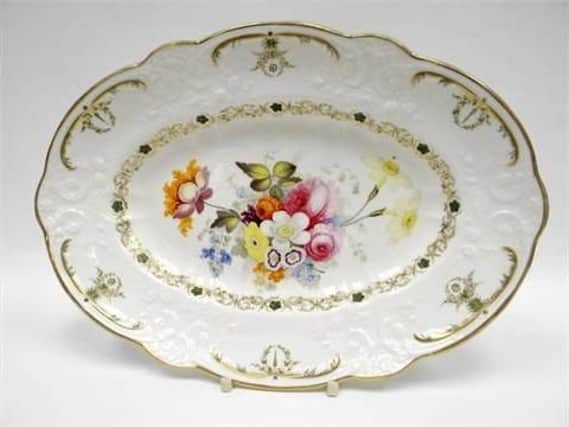Antiques Column with Michael Dowse.


He flittered around from one factory to another and even tried to start a few of his own, never being very successful. His claim to fame however is his recipe for soft paste porcelain. This produced some of the finest quality porcelain of the 19th century, particularly at Swansea, a factory he was associated with between 1814 and 1817.
Swansea pieces were made from Billingsley’s highly translucent soft-paste porcelain that was unfortunately extremely delicate and subject to high losses in the firing process. The challenge was to strengthen the mixture used to produce the porcelain without reducing the pure whiteness and translucency. There have been three general mixtures identified, all which suffered some issues in the kiln.
Advertisement
Hide AdAdvertisement
Hide AdThe first was very similar to the recipe for Bone China but mixed with Blue Clay or Lime, giving it a slight green tinge and the name ‘Duck Egg’, the second following a very similar recipe but with a hand fritted body is described as ‘Glassy’. The third recipe, and probably the most robust of the three, included a higher soapstone content giving a translucency with a yellowish colour, it is referred to as ‘Trident’ largely due to the impressed mark that most Trident pieces carry.
Swansea porcelain was renowned for its elegant and high quality painting, regularly receiving commissions from members of the aristocracy. Many of the designs were inspired from the fashionable French style with flowers being a particular favourite often with gilt detail and borders. Painters such as David Evans, Thomas Pardoe and William Pollard were employed specifically for their excellence in flower designs.